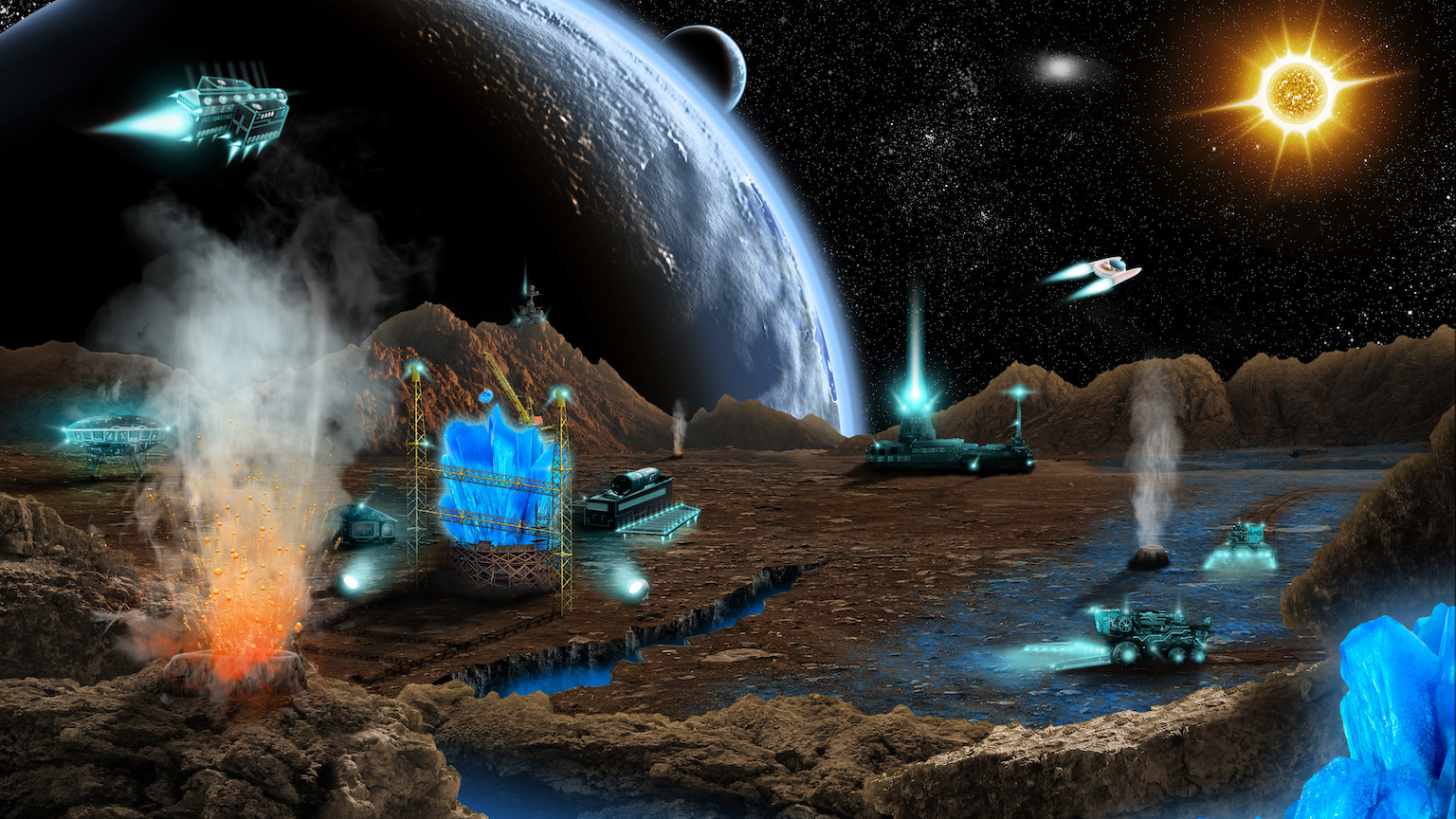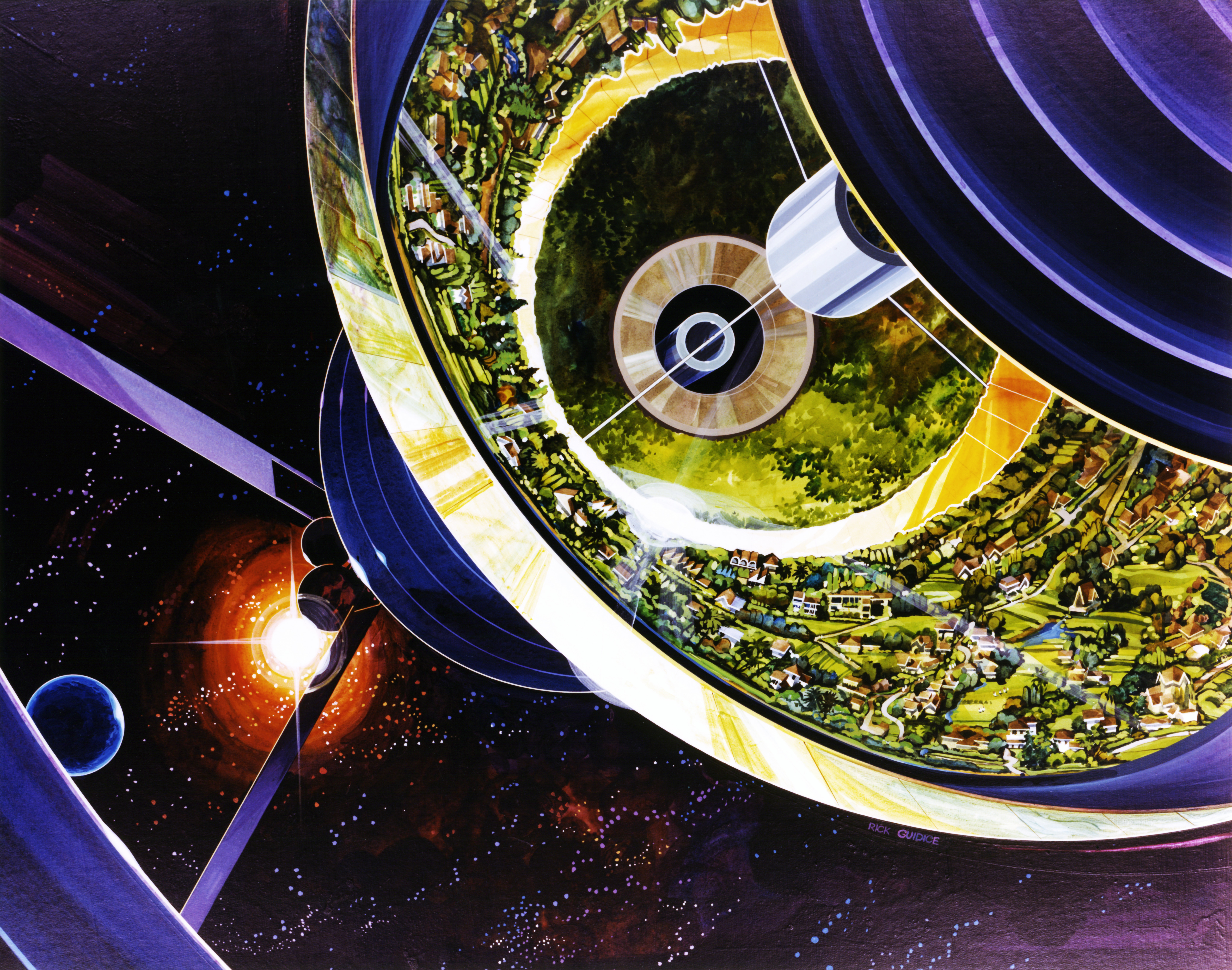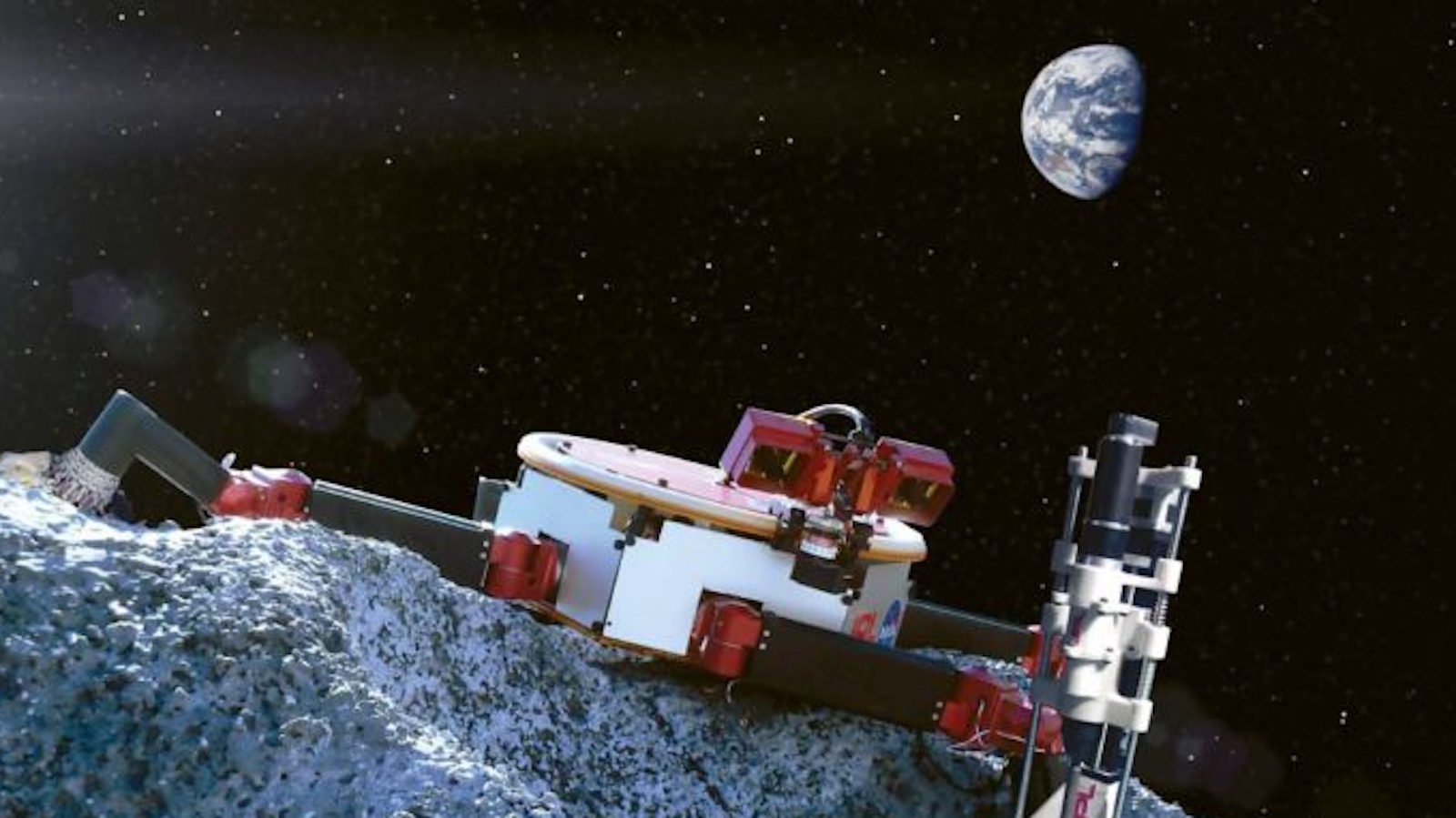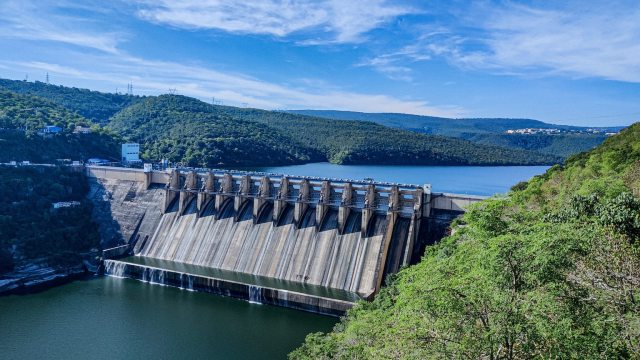How biomining could sustain space colonies

- Biomining is a process in which microbes are used to extract valuable elements from rocks and soil.
- It is currently used on Earth to mine copper, gold, zinc, cobalt, and various other elements.
- Scientists hope to use biomining on the Moon and Mars to make future colonies self-sustaining.
In 2020, scientists with the European Space Agency announced that they had successfully used bacteria to extract rare earth minerals from basalt inside a small bioreactor onboard the International Space Station. The experiment was meant to simulate the microbial harvesting of elements from rocks similar to those found on the Moon and Mars, a process called biomining. Its success suggested genuine potential for what may seem like a science fiction future: using microbes to extract useful materials on the Moon, Mars, and beyond that can sustain space colonies.
If humans ever hope to establish permanent settlements elsewhere in the solar system, we are going to need a steady supply of water; oxygen; essential nutrients for plant nutrition as well as our own; gaseous elements like hydrogen, nitrogen, and helium to make fuel; and metals like iron, copper, and vanadium for structures and electronic components. Luckily, these all can be obtained from extraterrestrial rocks, and microorganisms can help.
Biomining
Right now on Earth, specialized microbes are used to leach precious metals from rocks. Around 20-25% of copper and 5% of gold are harvested with biomining. Bacteria can also extract zinc, nickel, cobalt, uranium, and various other elements straight from mineral ores. What if we could do the same thing in space? The process would require relatively little energy and mitigate the need to import materials from Earth.
Charles S. Cockell and Rosa Santomartino, scientists at the UK Centre for Astrobiology and the University of Edinburgh, along with Luis Zea, an assistant research professor in aerospace engineering at the University of Colorado, are a few of the thinkers trying to lay the groundwork for space-based biomining. In a recent article published in the journal Extremophiles, they explained how it might work.
For starters, any biomining would require liquid water and need to take place in sophisticated bioreactors where internal conditions can be controlled. Bioreactors would protect microbes from damaging radiation, hold in oxygen if the microbes require it, maintain internal pressure, and keep a suitable temperature. Regolith and rock would be loaded in, then microorganisms added depending upon the material type and what elements users seek to extract. After a certain amount of time, the bioreactor is opened and the materials inside removed for use.
Thanks to new, exciting advances in bioengineering, microorganisms could be engineered to improve their biomining abilities.
“Although synthetic biology applications to biomining are still young, approaches to ameliorate resistance to space conditions, to enhance extraction of elements under these, or overcome issues, could be an excellent opportunity for space biomining,” Cockell, Santomartino, and Zea write.
As biomining has already been demonstrated to work in small quantitites in the microgravity environment of the International Space Station, a next logical location to try it would be on the surface of the Moon in a larger bioreactor. After all, water is widely available on the lunar surface and lunar regolith (soil) contains heaps of useful elements. Such a specialized experiment would be difficult to perform robotically, however, and thus would likely require human boots on the ground, a tall task in and of itself.
A blueprint for long-term habitation
If we want those boots to stay there long term, however, we will probably need to sort out biomining. Maintaining a constant supply line from Earth would be taxing and treacherous, but biomining has the potential to make space colonies self-sustaining. Pair the practice with advanced 3D printing, and we may just have a blueprint for long-term human habitation of the solar system.





